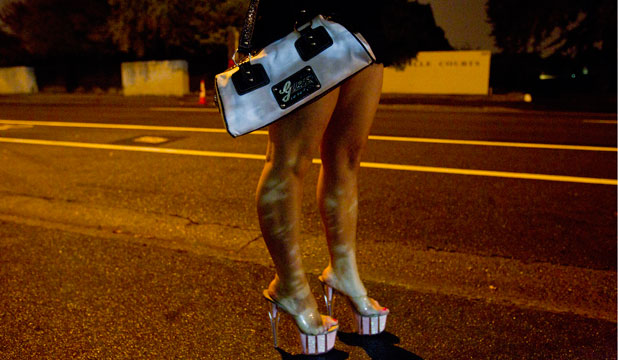The research, commissioned and published by the Home Office, is a significant step in understanding sex work, the variety of different services and for what reasons people become involved.
Between May 2018 and June 2019, researchers from the Bristol University’s School for Policy Studies heard from over 500 individuals currently or formerly involved in prostitution or sex work, sought insights from over 90 organisations, and reviewed over 1,400 relevant publications produced since 2000.
Their findings show a complex picture, with individuals from a variety of walks of life taking part in a range of services, from street work to webcamming, for a wide number of reasons.
Some identify selling sex as a pleasurable and lucrative career choice, or as a therapeutic vocation. But a substantial proportion of people – mainly women and trans women – are selling sex to get by financially.
This is largely due to caring responsibilities, physical and mental health issues, lack of access to social security benefits and support services or workplace discrimination.
Their situation is compounded by stigma and managing safety, and many find that the longer they sell sex, the harder it can be to leave completely.
The report also highlights how the expansion of the internet has changed the sex industry, opening up new ways to advertise and find clients, provide services, manage transactions, and so on. There is a wide variety of types of sex work, ranging from traditional concepts such as brothels and street prostitution, to more modern activities such as webcamming and sugar daddy arrangements.
Stigma, the private and hidden nature of the sex industry, and the transience of activities, mean estimating the number of people involved in sex work is very challenging. Researchers have produced a data quality assessment tool to guide organisations working at a local or regional level.
Professor Marianne Hester OBE, one of the report’s authors, said: “In the most comprehensive overview of prostitution and sex work to date, we show how individual and social drivers for involvement, a wide range of settings and activities, and individual needs to negotiate harm and safety, have resulted in a highly mobile landscape for contemporary prostitution and sex work.”
An online survey of sex workers, conducted as part of the research and yielding 1,180 responses, shows that while individuals from all backgrounds undertake sex work, the majority are women. The report also voices the experience of trans women and of men who are selling sex.
Respondents to the survey also showed that the pattern of movement of sex workers is complex, with individuals frequently moving both in and out of sex work, as well as regularly moving between settings and services.
The government will use the report to continue to build a robust picture of sex work and put safeguarding and reducing harm at the heart of its response. The report specifically urges ‘caution in seeking to make generalised claims’ about people in the sector.
Minister for Safeguarding and Vulnerability Victoria Atkins said: “This report provides a picture of one of the most complex and rapidly changing issues in the country. It shows that traditional perceptions of prostitution are out-dated and cannot be used to understand the issue.
“Our main priority as a government is to ensure the safety and security of those involved in sex work, and this report is an important step in ensuring we understand the landscape in order to best protect some of the most vulnerable in our society.”







